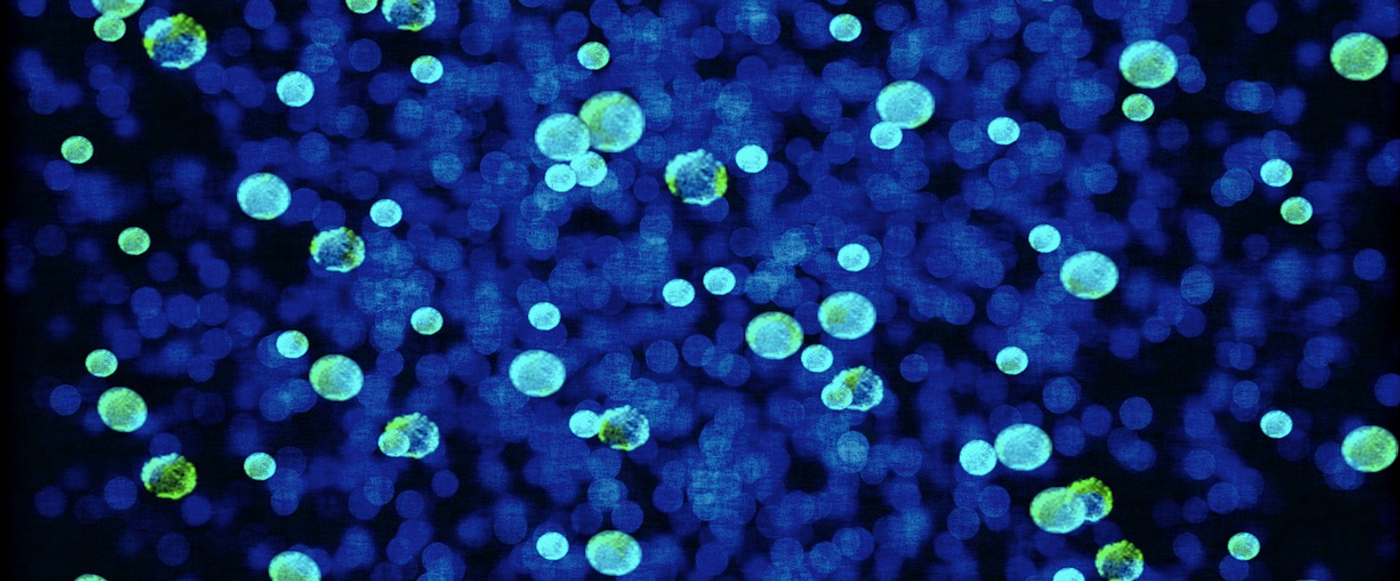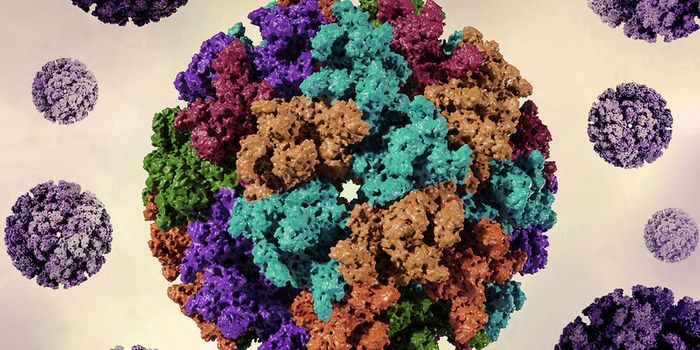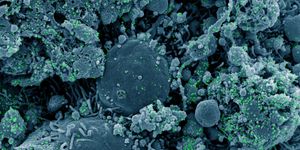Revealing the Efficient Enzymes of Methane-Producing Microbes
The atmospheric levels of methane, which is known to be a potent greenhouse gas, have been steadily increasing for many years. Methanogenic archaea are a type of microbe that can generate methane as they break down materials in their environment. These microbes are thought to produce about 1 billion tons of the gas every year. We have to learn more about the microbial sources of methane, and potentially, how to capture them and use them, if we're going to confront the challenges posed by climate change.
New research reported in Science has investigated the methanogenic cycle in these organisms. Usually, methanogenic archaea will use carbon dioxide (CO2) and hydrogen gas (H2) to generate methane (CH4) in the final step of a cycle that utilizes multiple enzymes. This process is typically used by microorganisms in environments where energy is scarce, and the methanogenic cycle only releases a bit of energy. Archaea and their enzymes, therefore, have to be as efficient as possible.
In one step of the methanogenic cycle, a pair of electrons is split in two, and one becomes a stronger reducer; this reaction is known as flavin-based electron bifurcation (FBEB).
This study showed that the reaction was not happening as researchers had thought. Assumptions stated that a small carrier protein called ferredoxin was used by the archaea cell to transfer the high energy electron to the carbon dioxide. The study authors found, however, that there is no need for an electron carrier in the transfer of an electron from FBEB to CO2.
The enzyme complexes of formate dehydrogenase (Fdh), formylmethanofuran dehydrogenase (Fmd), and heterodisulfide reductase (Hdr) and were isolated in this study from an archaea called Methanospirillum hungatei. This microbe is commonly found in wastewater or municple waste treatment plants. With cyro-electron microscopy, the researchers revealed the structure of the complexes, showing that a massive complex is produced by the enzymes that trigger the first and last steps of the cycle. This connects the steps that involve FBEB and the reduction of CO2, and ferredoxin isn't necessary.
“Our structural analysis revealed a gigantic enzyme complex,” said lead study author Tomohiro Watanabe. “An electron-transfer chain protein, polyferredoxin, forms a conductive pathway that leads the high-energy electrons from FBEB directly to CO2 reduction, rather than via a soluble carrier. This means there is less opportunity to lose these precious electrons.”
Additional work suggested that large complexes that are similar to the ones in this study could be found in many methanogenic archaea. This research has revealed more about the metabolism of these microbes, which could help scientists learn more about controlling or using the methane they produce.
Sources: Max-Planck-Gesellschaft, Science









